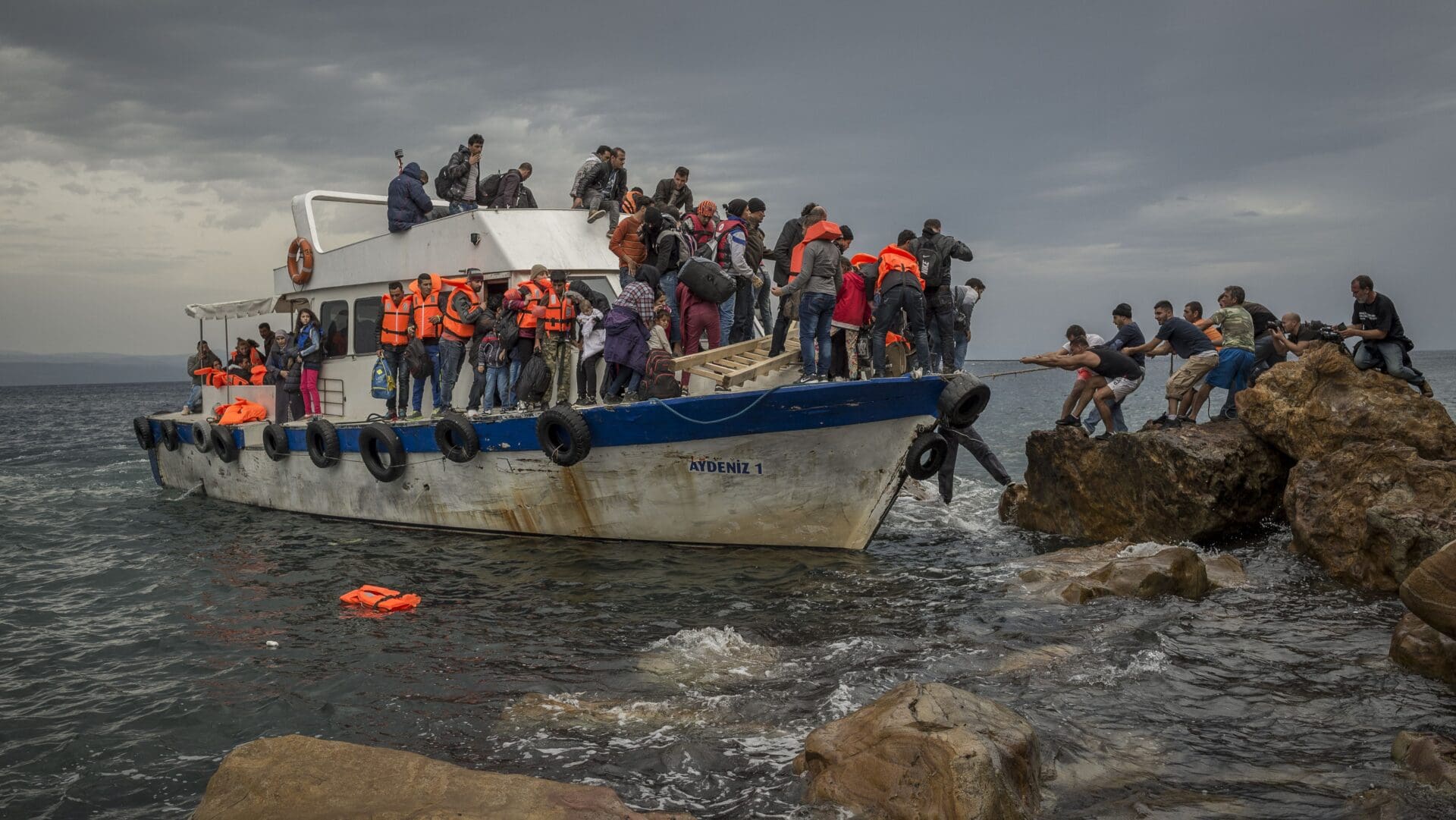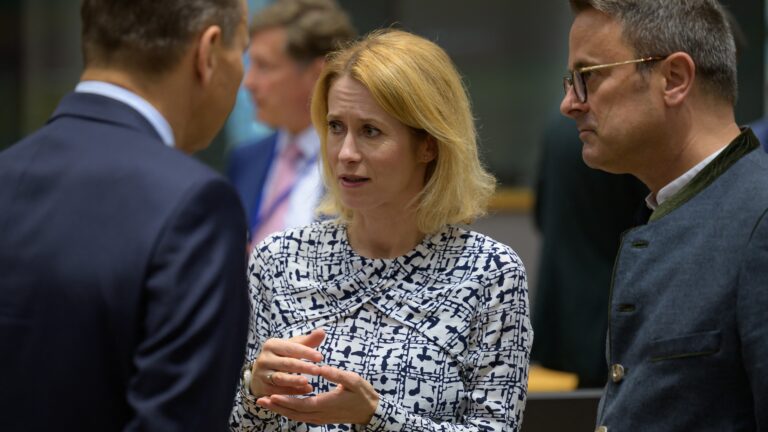On 14 May the Council of the European Union finalized the reform of its migration and asylum policy after a decade of political struggles. The representatives of Member States approved the five regulations constituting the New Pact on Migration and Asylum. The reform aims to ensure that all EU Member States contribute to the reception of refugees.
The regulations of the new pact include, for instance, faster processing of asylum applications, more efficient return of those who do not have the right to stay in the EU, and solidarity in the distribution of migrants between Member States. It introduces stricter rules on more extensive and more effective screening of applicants, health and security checks, speeding up examination procedures, and provision of free counselling.
A new EU-wide single procedure for granting and withdrawing international protection will be introduced to facilitate faster asylum procedures. Shorter time limits will be set for processing unfounded or inadmissible applications. Data, including fingerprints and facial images, of illegal entrants to the EU over the age of six will be stored in the reformed Eurodac database. Authorities will also be able to record if someone poses a security risk or has been involved in violent or armed acts.
The main novelty is a system of ‘compulsory solidarity’, which would give governments three options for dealing with asylum seekers:
relocating a certain number of asylum seekers, paying €20,000 for each asylum seeker refused, or financing operational support. The initial target is 30,000 transfers per year. It is also planned that other Member States will provide financial contributions and operational and technical support to EU countries particularly exposed to migratory pressure.
The new regulations will fundamentally change current EU legislation in this area. The legislation will enter into force once published in the EU’s Official Journal. It will then take two years for them to come fully into force. This is the period for Member States to transpose the provisions into their national legislation.
As expected, Poland and Hungary voted against the whole legislative package. Since the reform’s introduction in 2020, these two countries have consistently opposed the ‘compulsory solidarity’ system, arguing that the law would force them to accept migrants against their will. The two sceptical countries, the Czech Republic and Slovakia, opted for abstention on most issues, while Austria voted against the crisis regulation.[i] Despite these opposing views and policies, the pact only needed a qualified majority and was formally ratified.
Since the migration crisis of 2015–2016, issues related to migrants arriving in the EU have sparked huge debates in Member States. Southern countries were overwhelmed by migratory pressures and felt left to their own devices, Western and Northern countries demanded stronger accountability and enforcement at external borders, while Eastern countries resisted any initiative that resembled a relocation quota.
The New Pact on Migration and Asylum was first presented in September 2020 to set predictable, clear standards that will be binding for all Member States, regardless of their geographical location and economic weight. Several countries opposed this plan; however, the Council’s approval by a qualified majority meant that individual states could not veto it.
The European Commission’s original proposal for this was hundreds of pages long and dealt with a myriad of complex issues. Therefore, the EP and Member States spent years discussing and amending the new pact, further complicating an already complex legislation. There were tough negotiations in the Council, where countries held geographically, economically, and ideologically opposing views. In December 2023 a provisional agreement was reached between the Member States and the EP on the new pact, and
in April 2024, despite heated debate, MEPs approved it by a narrow majority.
Right-wing lawmakers argued that the reform was too soft and permissive, while leftists said it was too harsh and punitive.[ii]
A budgetary review adopted by EU leaders earlier this year earmarks €2 billion to achieve the objectives of the new pact by 2027. The EU received 1.14 million applications for international protection last year, the highest number in seven years, and recorded 380,000 illegal border crossings, half of them on the central Mediterranean route.
Polish Prime Minister Donald Tusk has condemned the new pact, calling it ‘unacceptable’ for his country and highlighting that Poland will be defended against the relocation mechanism. Poland also said that it would appeal against the pact to the EU Court of Justice.[iii] Hungarian Prime Minister Viktor Orbán stressed that Hungary considers the New Pact ‘another nail in the coffin of the European Union’. On many occasions, including this time, he has emphasized that the unity of the EU and the presence of safe borders is over. However, ‘Hungary will never give in to the mass migration frenzy,’ he said after the parliamentary vote.[iv]
Ylva Johansson, the European Commissioner for Home Affairs, warned in April that the executive power would take legal action against rebel countries that do not respect the provisions of the new pact. ‘All Member States have to implement and apply it,’ Johansson said in April. ‘If not, the Commission will act and use—if necessary—infringement (procedures),’ she added. ‘But I must say that I’m pretty convinced that member states will implement the Pact now quite quickly,’ the Commissioner concluded.[v] However, the impeachment process is slow and could take years for the European Court of Justice to rule, which could also apply to the appeal against the Pact that Poland is currently pressing.
[i] See more: Jorge Liboreiro, In new breakthrough, EU countries agree on new rules to manage future migration crises, Euronews (4 October 2023), https://www.euronews.com/my-europe/2023/10/04/eu-countries-agree-new-rules-to-deal-with-future-migration-crises-after-italy-compromises, accessed 14 May 2024.
[ii] Jorge Liboreiro, ‘EU completes reform of migration rules despite Poland and Hungary voting against’, Euronews (14 May 2024), https://www.euronews.com/my-europe/2024/05/14/eu-completes-reform-of-migration-rules-despite-poland-and-hungary-voting-against, accessed 14 May 2024.
[iii] See more: Magyar Nemzet, ‘Európa-szerte hatalmas a felháborodás a migrációs paktum végleges elfogadása miatt’, Magyar Nemzet (15 May 2024), https://magyarnemzet.hu/kulfold/2024/05/europa-szerte-hatalmas-a-felhaborodas-a-migracios-paktum-vegleges-elfogadasa-miatt, accessed 15 May 2024.
[iv] https://twitter.com/PM_ViktorOrban/status/1778124032145080656.
[v] Vincenzo Genovese, ‘EU countries not enforcing migration pact could face legal action, says Johansson’, Euronews (11 April 2014), https://www.euronews.com/my-europe/2024/04/11/eu-countries-not-enforcing-migration-pact-could-face-legal-action-says-johansson, accessed 14 May 2024
Related articles:








